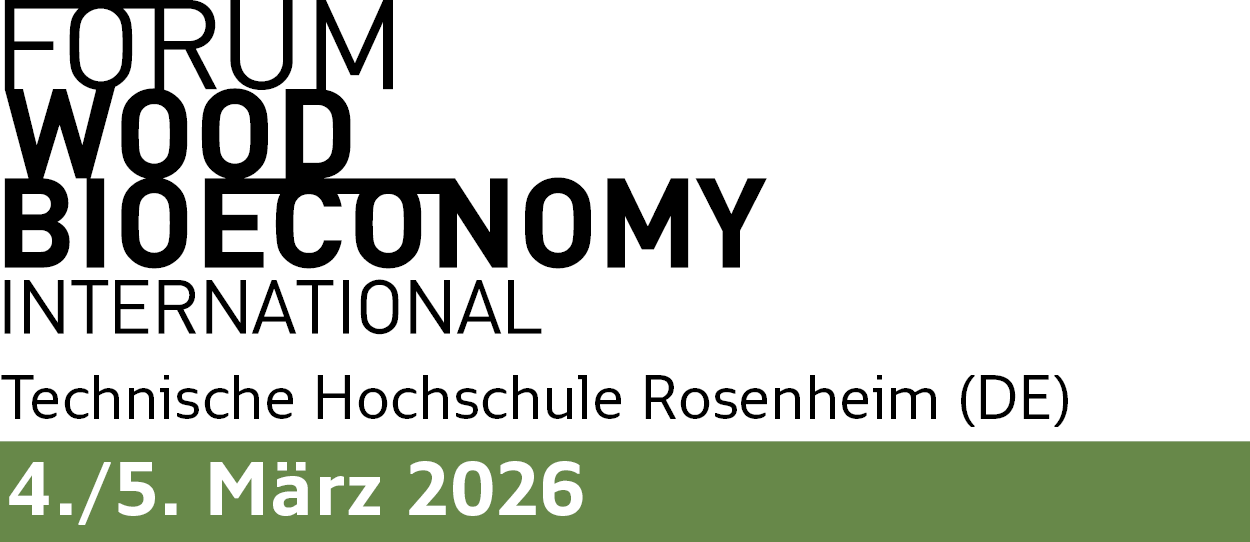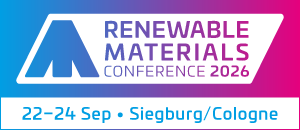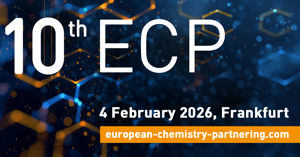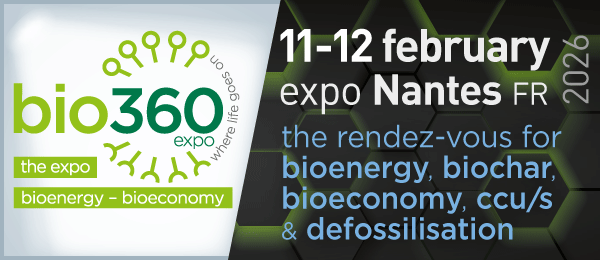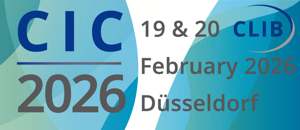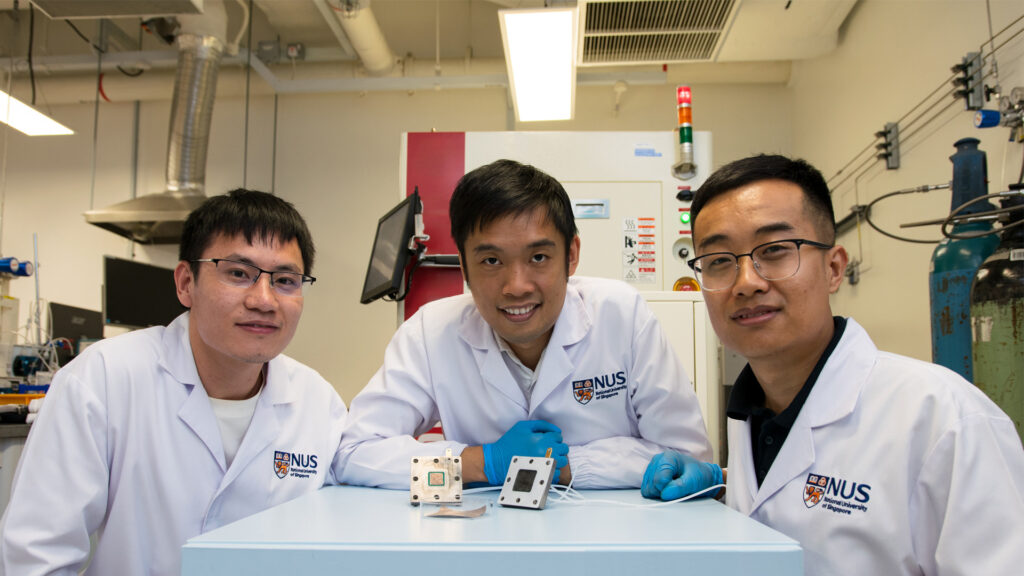
Addressing the urgent challenge posed by escalating carbon dioxide (CO2) emissions and their impact on climate change, researchers from the National University of Singapore (NUS) have developed a novel technique that significantly advances the conversion of waste carbon dioxide (CO2) into value-added chemicals and fuels.
Led by Assistant Professor Lum Yanwei from the Department of Chemical and Biomolecular Engineering under the NUS College of Design and Engineering, the research team’s innovation enables the direct conversion of CO2 from treated flue gas, a common by-product of industrial processes, into high-value multi-carbon (C2+) products such as ethylene and ethanol, essential raw materials for the production of various everyday compounds such as plastics, polymers and detergents.
This advancement not only circumvents the need for high-purity CO2 but also efficiently repurposes a prevalent waste product, marking a stride towards closing the carbon cycle and reducing reliance on fossil fuels.
Marrying catalyst design with electrolyte selection
Carbon capture, utilisation and storage is a fundamental process to a sustainable future, relying on a suite of technologies among which the electrochemical reduction of CO2 is vital. The process, which transforms CO2 into a range of valuable feedstocks for chemicals and fuels, traditionally demands high-purity CO2, leading to significant costs due to the energy-intensive purification of the compound from sources like flue gases. Furthermore, the presence of oxygen impurities in flue gas results in undesired side reactions, which significantly reduces the efficiency of the CO2 reduction process.
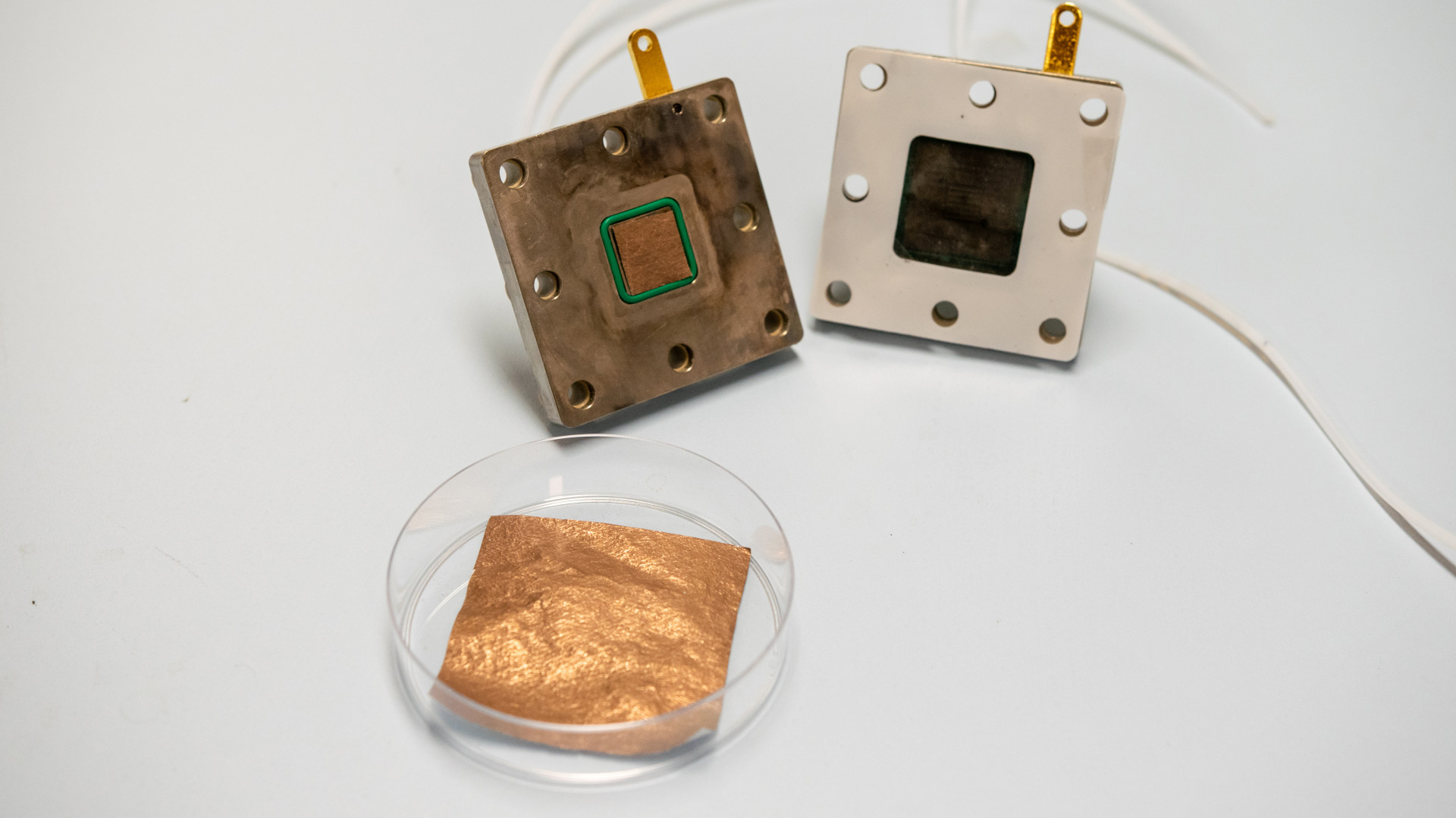
Asst Prof Lum’s team aimed to sidestep these challenges by integrating catalyst design with electrolyte selection. In their recent study which was published in the prestigious scientific journal Nature Communications on 26 February 2024, the researchers first introduced a new method to design catalysts with greatly enhanced efficiencies for the electrochemical conversion of CO2. Utilising this approach, they designed a nickel catalyst boasting exceptional performance for CO2 reduction, achieving an impressive efficiency rate exceeding 99 percent.
In another study that builds on the aforementioned one, the NUS team designed a composite system by sequentially layering this nickel catalyst onto a copper surface. “We found that integrating acidic electrolytes with this composite system significantly suppresses the undesired side reactions from oxygen impurities in flue gas,” explained Asst Prof Lum. Impressively, this system demonstrated comparable performance with systems that utilise pure CO2 as feedstock. The second study was published in the same journal on 9 February 2024.
Asst Prof Lum highlighted the potential economic impact of their research, “The cost of purifying CO2 can amount to about USD 70 to 100 per ton, which can constitute about 30 per cent of the costs involved in converting CO2 to feedstocks such as ethylene through electrochemical means.”
“Our novel technique demonstrates a potential pathway for the development of efficient electrolysers for the direct conversion of CO2 in flue gas, using simple yet effective electrolyte and catalyst design strategies to advance integrated sustainability solutions,” added Asst Prof Lum.
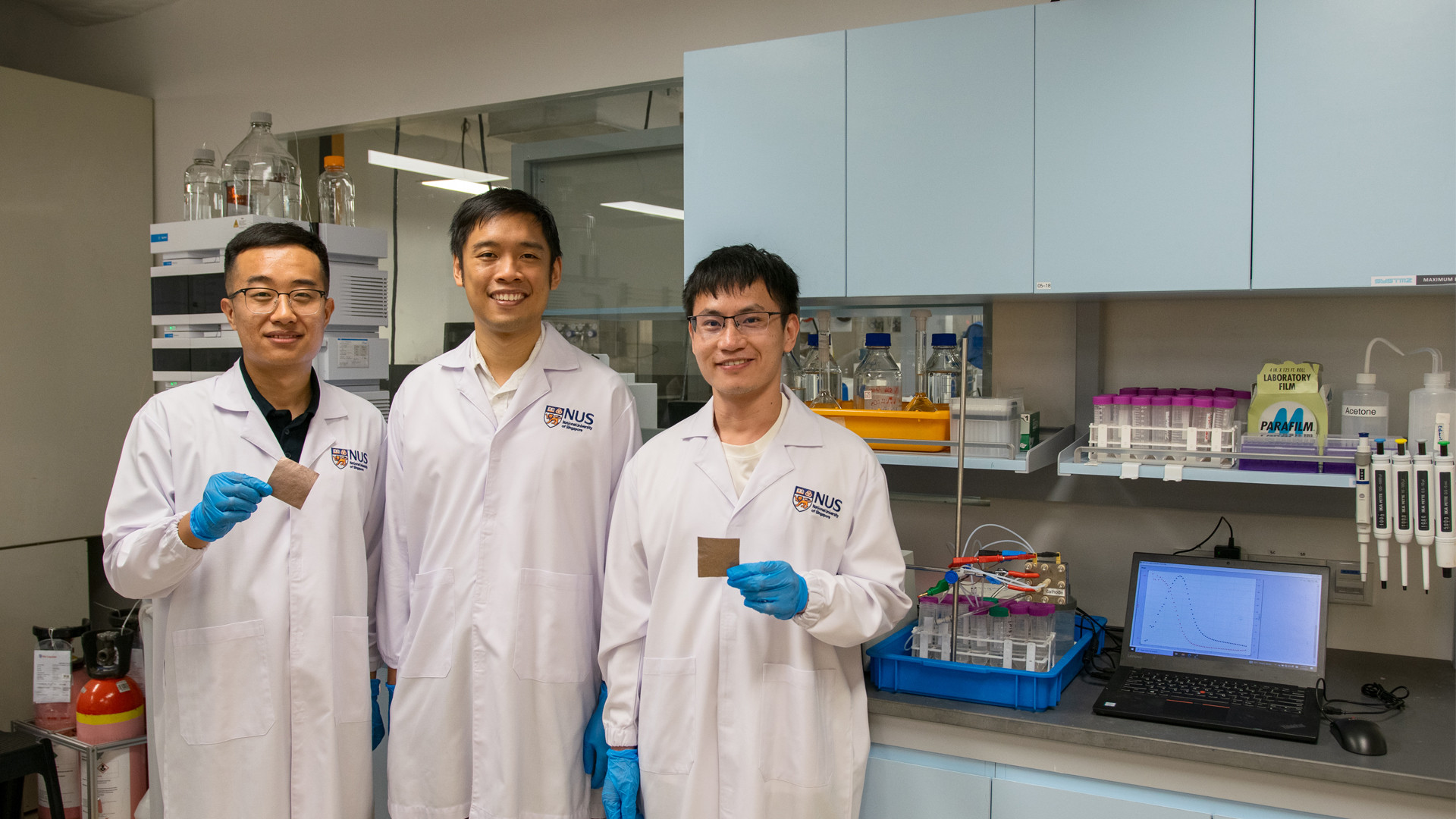
Scaling up for large-scale applications
The potential implications of this research extend beyond the production of ethylene and ethanol. By adjusting the catalyst system, the researchers’ t echnique could be applied to synthesise other valuable chemicals, such as acetate and propanol which are used in the production of everyday products such as adhesives and disinfectants respectively. This versatility offers a broad platform for converting waste CO2 into a diverse range of chemicals, underscoring the technique’s adaptability to different industrial needs.
“We are seeing strong interest from the industry and are currently in talks with some companies to further advance this research,” said Asst Prof Lum. “Our goal is to enhance the energy efficiency and scalability of our system, moving beyond laboratory-scale experiments towards developing prototype reactors that can be applied in industrial settings.”
Source
NUS, press release, 2024-05-14.
Supplier
National University of Singapore (NUS)
Share
Renewable Carbon News – Daily Newsletter
Subscribe to our daily email newsletter – the world's leading newsletter on renewable materials and chemicals






